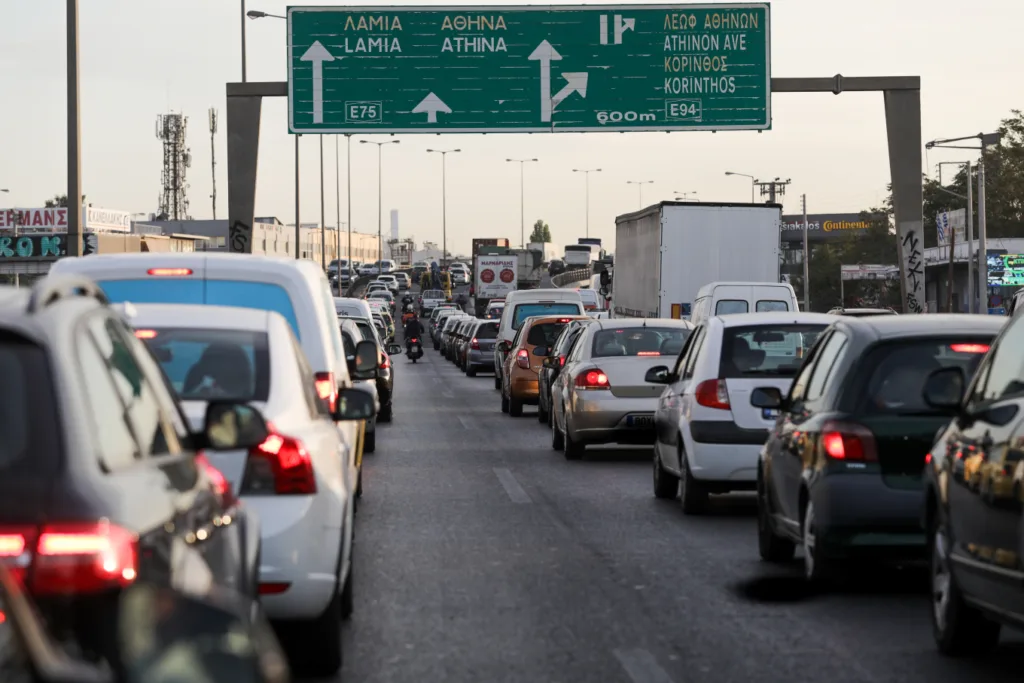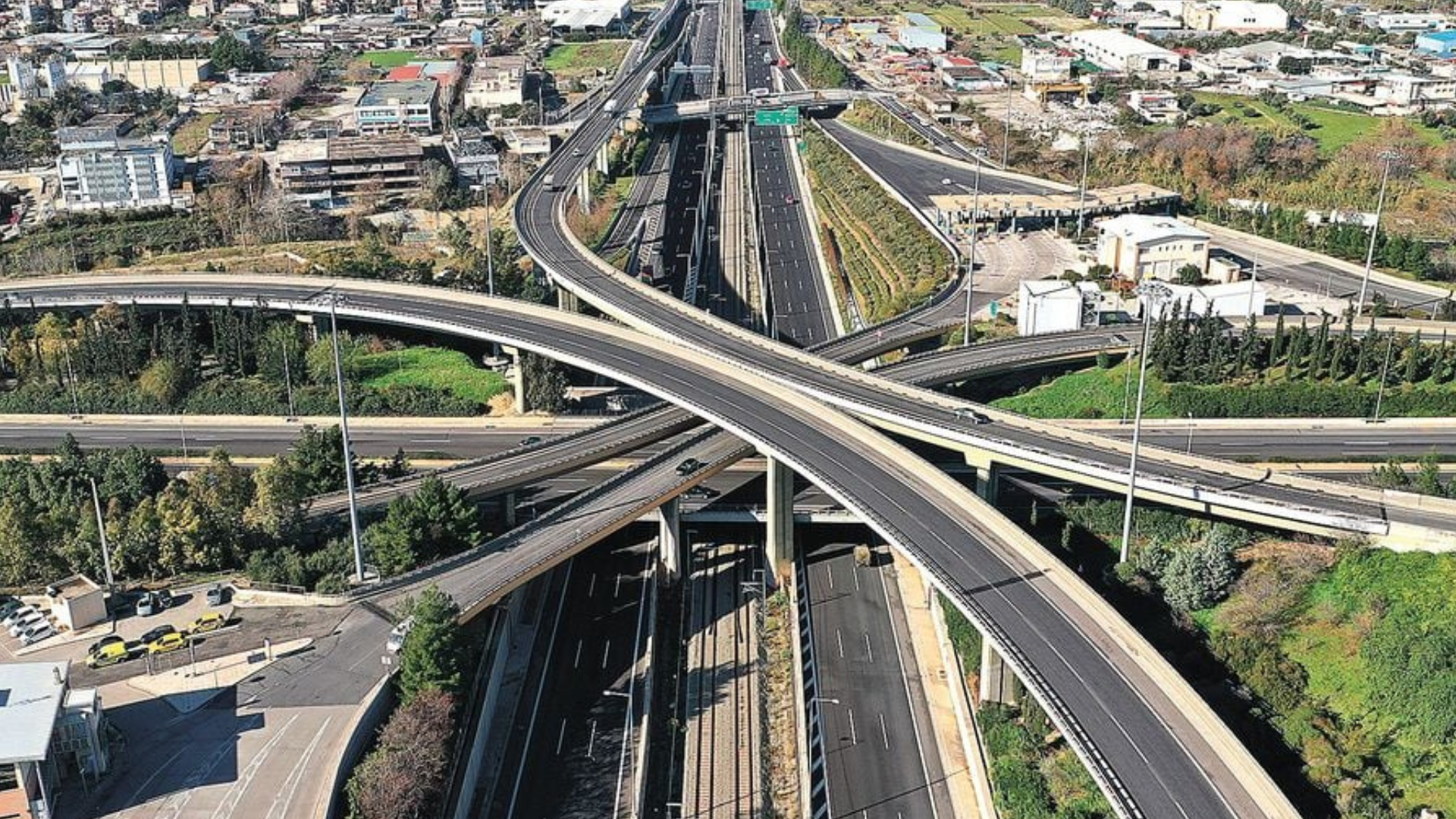More than 250 bridges across Greece are being transformed into “smart” structures as part of a major national project that uses Internet of Things (IoT) technology to monitor their structural health in real time.
Through a system of fibre-optic networks and sensors, each bridge will continuously transmit data, such as vibrations, strain, water levels, and movement, to scientists, allowing them to detect wear, stress, and potential safety risks before they escalate.
The initiative, which will be completed by June 2026, prioritises bridges with heavy traffic or aging infrastructure, many over 70 years old, across all 13 regions of Greece.
The first 36 to be upgraded are in Attica, including key bridges along Kifisos and Poseidonos Avenues and major interchanges like Syngrou, Kifisias, and Katechaki.
The system represents a major step forward in preventing structural failures, following a series of bridge collapses in recent years, including incidents in Thessaloniki, Rhodes, and Patras.

According to a study by the Association of Civil Engineers of Greece, many bridges in the country have exceeded their expected service life and lack adequate seismic design, particularly those built before 1993.
Heavy traffic, such as on Kifisos Avenue, where some lanes now carry up to 8,000 vehicles per hour, has further pushed infrastructure beyond its limits.
Each “smart” bridge station will be equipped with multiple sensors, including vibrographs, axial strain and temperature sensors, and water-level detectors. Data is analysed through algorithms and AI to identify early signs of structural degradation.
Engineers say the real-time monitoring network will enable targeted maintenance and prevent accidents, ensuring that Greece’s modern “master builders” no longer need to rely on endless manual inspections, but on technology that safeguards both infrastructure and lives.
